- europages
- >
- COMPANIES - SUPPLIERS - SERVICE PROVIDERS
- >
- fruits- dried
Results for
Fruits- dried - Import export
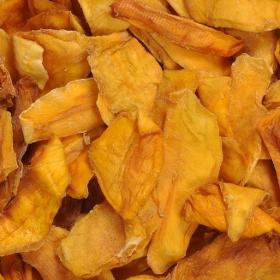
NATURELL AB
Sweden
Energy 1350 Kj , 320 Kcal Fat Of which saturated 0.9 g , 0.5 g Carbohydrates Of which sugar 75 g ,56 g Fibers 7 g - Protein 2 g
Request for a quote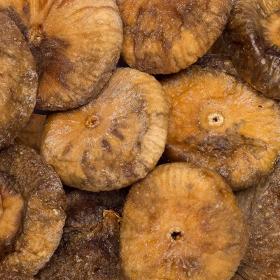
NATURELL AB
Sweden
Energy 1335 Kj , 319 Kcal Fat Of which saturated 2.4 g ,0.4 g Carbohydrates Of which sugar 70.3 g ,30.3 g Fibers 7.8 g - Protein 3.9 g Salt 0.1 g
Request for a quote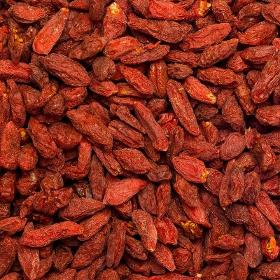
NATURELL AB
Sweden
Energy 1478 Kj , 349 Kcal Fat Of which saturated 3.2 g , 0.4 g Carbohydrates Of which sugar 67.7 g , 51.4 g Fibers 6.8 g - Protein 11.9 g
Request for a quote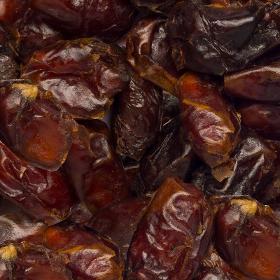
NATURELL AB
Sweden
Energy 1290 Kj 305 Kcal Fat 0.5 g Carbohydrates Of which sugar 69 g ,69 g Fibers 7.1 g - Protein 2.5 g Salt 0.01 g
Request for a quote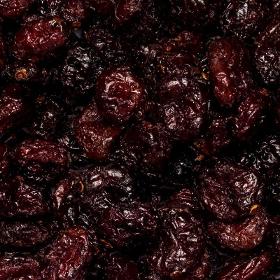
NATURELL AB
Sweden
Energy 1396 Kj, 329 Kcal Fat Of which saturated 0.4 g , 0.1 g Carbohydrates Of which sugar 78.3 g ,65.1 g Fibers 4.5 g - Protein 0.8 g Salt 0.01 g
Request for a quote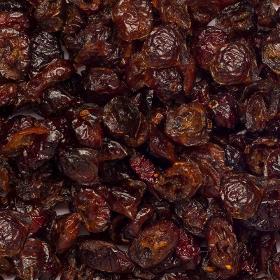
NATURELL AB
Sweden
Energy 1382 Kj ,326 Kcal Fat 0.5 g , 0.1 g Carbohydrates Of which sugar 76.8 g ,58.4 g Fibers 4 g - Protein 1.5 g Salt 0.05 g
Request for a quote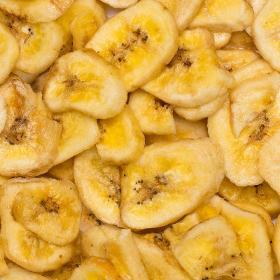
NATURELL AB
Sweden
Energy 2096 Kj ,501 Kcal Fat Of which saturated 24.5 g ,22.5 g Carbohydrates Of which sugar 68.3 g ,12.6 g Fibers 5.7 g - Protein 1.9 g Salt 0.01 g
Request for a quote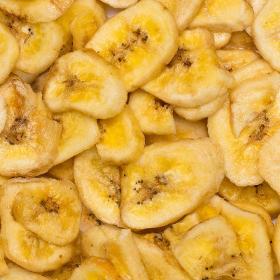
NATURELL AB
Sweden
Energy 2084 Kj, 498 Kcal Fat Of which saturated 24 g , 22 g Carbohydrates Of which sugar 69.6 g, 16 g Fibers 5.3 g - Protein 1 g Salt 0.06 g
Request for a quote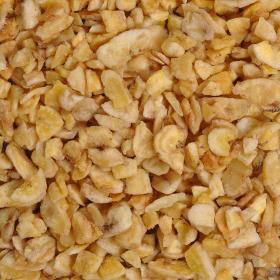
NATURELL AB
Sweden
Energy 2084 Kj ,498 Kcal Fat Of which saturated 24 g , 22 g Carbohydrates Of which sugar 69.6 g ,16 g Fibers 5.3 g - Protein 1 g Salt 0.06 g
Request for a quote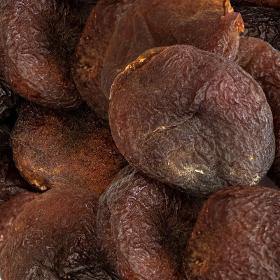
NATURELL AB
Sweden
Energy 1334 Kj ,319 Kcal Fat Of which saturated 0.1 g , 0.1 g Carbohydrates Of which sugar 76.9 g ,61.2 g Fibers 4.5 g - Protein 2.4 g Salt 0.07 g
Request for a quote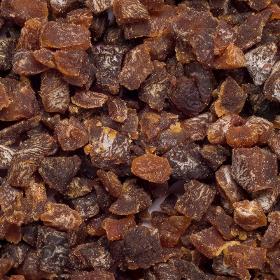
NATURELL AB
Sweden
Energy 1259 Kj , 301 Kcal Fat Of which saturated 0.2 g , 0.1 g Carbohydrates Of which sugar 73.2 g, 57.1 g Fibers 2.5 g - Protein 1.6 g
Request for a quote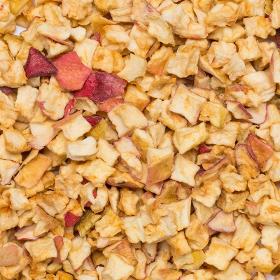
NATURELL AB
Sweden
Energy 1581 Kj ,377 Kcal Fat Of which saturated 0.4 g , 0.1 g Carbohydrates Of which sugar 92.2 g, 77.4 g Fibers 14.5 g - Protein 1.3 g Salt 0.1 g
Request for a quote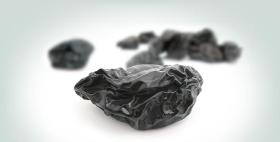
HORST WALBERG TROCKENFRUCHT IMPORT GMBH
Germany
Productinformation In California prunes are harvested between august and october, whereas in South America they are ripe and ready already around march. Prunes get dried in a flue-curing process until their level of moisture reaches fifteen percent. The process of pitting their stones can be handled in two ways: "ashlock pitted" means pushing-out the stone with a thorn, whereas "elliot pitted" stands for removing the stone sideways with several thorns. Last but not least, there are the "ready-to-eat prunes": These come with a moisture up to mellow thirty-five percent. Origin The main producing country are the United States: They have a very large industry branch in California. The second most important distributors are located in South America: Chile and Argentina. European prunes are cultivated mainly in Bordeaux in France, but also in the Balkan States.
Request for a quote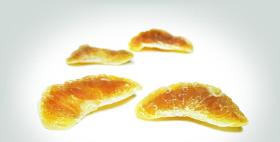
HORST WALBERG TROCKENFRUCHT IMPORT GMBH
Germany
Productinformation The tangerine, also called hesperidium, is the small sister of the orange. It is one of the most diverse citrus-fruit plants due to its form, size and taste. It contains significantly less acid than the orange and has a very sweet taste. The main harvest time for tangerines is between October and January. Due to its complex and high vitamin content, the tangerine is predestined for use in preventative health care. Origin China is the assumed origin of the tangerine. It then spread throughout South-West China to India and reached Europe - England in 1805. From the seeds of the so-called „canton orange“ the Mediterranean tangerine developed. The main growing areas are in the citrus belt, which extends north and south of the equator. The largest growing areas are found in Brazil, China, India and the US.
Request for a quote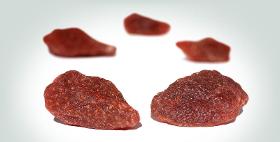
HORST WALBERG TROCKENFRUCHT IMPORT GMBH
Germany
Productinformation Strawberries are part of the rose family. Contrary to its name, the strawberry is not a berry from a botanical perspective, but rather, is an aggregate fruit. Dried strawberries taste sweet, are healthy, invigorating and give one energy. Ingredients Strawberries, sugar, acidifier: E330, coloring agent: E163, preservative: E220 Origin Based on conclusions drawn from archaeological finds, early man was familiar with the strawberry as far back as the Stone Age. It is originally native to Europe and was first cultivated in France and England in the fourteenth century. Today, the main strawberry-producing countries are China, Thailand, the USA, Spain, Japan, Italy, South Korea and Poland.
Request for a quote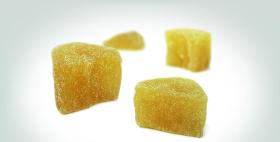
HORST WALBERG TROCKENFRUCHT IMPORT GMBH
Germany
Productinformation Ginger has played an important role in Chinese and Indian medicine since ancient times. Ginger is very effective against stomach trouble and nausea. Circulation is induced through its warming effects. The spicy tasting root with its intensive lemon aroma is also enjoyed in western countries with growing popularity. In its dried form, ginger is an ideal snack for nibbling. It is spicy, refreshing, and vitalizing. Origin Ginger originates from South Asia. Ginger is cultivated today in many countries with tropical climates. China, Taiwan, India, Nigeria, Fiji, Thailand, Australia and Jamaica are all areas of cultivation. The large producer here is India.
Request for a quote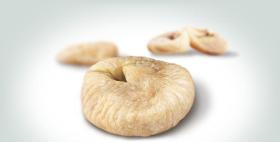
HORST WALBERG TROCKENFRUCHT IMPORT GMBH
Germany
Productinformation Figs are harvested in late summer, especially in the mediterranean area. The fig trees, male and female, are pollinated through the fig wasp: Actually, the insects try to deposit their eggs on its leaves. But in the process, only the pollination is taking place - there is no harm done through any infestation by the larvae of the fig wasp. Figs remain on their trees until they are fully ripe – when they drop down, they get immediately picked up and are dried in the sun. But before the actual packaging of the dryfruit-fig they get tested under ultraviolet light - to make sure there aren’t any signs of mold. Figs are more known for ending up as delicious dried fruits because they can’t be stored untreated over a long period of time. Origin Growing areas of figs include mostly arabic countries – and Turkey. But also in Greece and in the mediterrenean region fig fruits are available on a larger level
Request for a quoteDo you sell or make similar products?
Sign up to europages and have your products listed
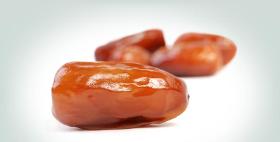
HORST WALBERG TROCKENFRUCHT IMPORT GMBH
Germany
Productinformation Dates belong to the plant family of palms – one of the oldest cultutal plants. Dates vary significantly in shape and appearance, depending on their country of origin. In North Africa it is common to allude to “nutmeg dates”, meaning tunesian "Deglet Nour" dates: They are really big and succulent. From California derives the type "Medjool". Furthermore, in arabic countries date types like "Hallowee" or "Sayer" are frequently used in industrial fruit-manufacture. Origin Dates grow in all tropic and subtropic regions. Predominantly found in the Atlas region in North Africa, they are also traded in a large amount in arabic countries.
Request for a quote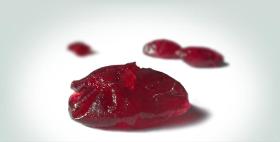
HORST WALBERG TROCKENFRUCHT IMPORT GMBH
Germany
Productinformation Cranberries, a group of evergreen dwarf shrubs, are red berries, which are most commonly known for being fruity ingredients of cereals and cereal bars, mainly in their dried state. But they are also frequently used in warm meals and plates – as in sauces, which go with venison. The berries definitely taste a bit bitter and sourish, especially when eaten raw - just like cowberries. But in a biological sense they are not related at all. Cranberries are divided by different sorts: "Canadian dried cranberries", "American dried cranberries" and "Baker’s dried Cranberries" (also from the US). Origin The use of the cranberry dates back to the times before the discovery of America: Native american tribes knew of its diverse purpose for tasty, sweet-sour snacks. Today there still are over hundred different types of cranberries, which grow uncontrolled in several natural landscapes. Traditionally, most of them carry the name of the farmer, who selects and crops them. Growing areas can be found in the northern states of the US and Canada. In full bloom around late june and early july, the harvest time for cranberries starts in the middle of september and lasts until november.
Request for a quote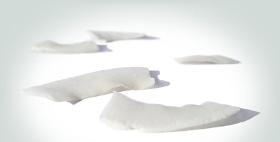
HORST WALBERG TROCKENFRUCHT IMPORT GMBH
Germany
Productinformation Coconuts have been a popular food- and raw material source for thousands of years. On account of their delicious taste and positive traits, coconuts are becoming increasingly popular even in our part of the world. Besides valuable protein, the coconut also provides brain sustenance in the form of fructose as well as palmitic- and oleic acid. The unique characteristics of lauric acid, the main fatty acid in coconuts, have been known for many years. Today, lauric acid is used to counteract viruses, bacteria and fungus, which makes coconut chips a real fitness snack. Origin The coconut palm tree originated in Melanesia, a group of islands in the pacific, north-east of Australia. It spread in part naturally and also through humans. Coconuts can drift a long way in the ocean and remain capable of germinating even after swimming in salty water for 100 days. Polynesian seafarers are responsible for its spread to South-East Asia. The coconut palm tree thrives in the wet and warm tropical belt. Its main growing areas include the Philippines, Indonesia, Sri Lanka, South India, Africa and the coasts and rivers of South America. The tree bears fruit the entire year around and produces - depending on age and location - 30 to 150 ripe coconuts per year. Palm climbers and trained monkeys harvest the coconuts. The coconut is of great value to local people.
Request for a quote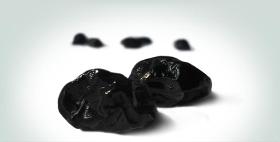
HORST WALBERG TROCKENFRUCHT IMPORT GMBH
Germany
Productinformation Blueberries, also known as huckleberries, are most commonly known as tasty and blue-colored ingredients of cakes and cookies. In the US everybody knows blueberry muffin or blueberry pancakes – whereas in Europe the berry is eaten with yoghurts or as fruity jelly. There is a big difference between cultivated and wild growing berries. The cultivated ones grow on shrubs with a height of up to two meters. Their natural blue colorant is only part of their pericarp - their fruit meat looks white. Blueberries taste more sweet than sour and have a slightly wild flavor – and as dried berries, they are a heavenly blue pleasure. Origin In Europe blueberries grow in the mediterrenean area, as well as in the northern part of Europe, mainly in France, the Netherlands and Poland. Between april and may the berries are harvested, roughly at the same time in Europe as in the US – whereas in South America (Argentina and Chile), like in South Africa and New Zealand, the blueberry is harvested and exported in the other half of the year.
Request for a quote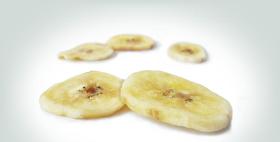
HORST WALBERG TROCKENFRUCHT IMPORT GMBH
Germany
Productinformation Bananas have lots of dietary fiber, which means a feeling of repletion will start sooner than eating other fruits – good for any diet. Additionally, bananas rank among the most favorite fruits in Germany – alongside apples. Even as a crispy snack with a lot of fruit flavor, they are becoming more and more favored – not only among fans of dried fruits. Origin The banana itself historically originates from the asian part of the world. Nowadays it is domiciled all over of Africa, South America and any regions with tropical climate. The banana chips mainly are produced in Asia – the Philippines have the biggest industrial branch.
Request for a quote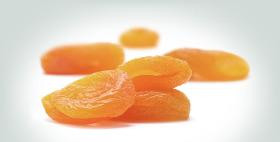
HORST WALBERG TROCKENFRUCHT IMPORT GMBH
Germany
Productinformation Around april and may apricot trees are in full bloom. But during this time of year, when nights can still be very cold, it is a dangerous time for the forthcoming harvest – which is then around july and august. Apricots get shaken off of the trees by hand, and afterwards are layed down on big awnings. There the fruits will dry for three more days until they are pitted and brought to fumigation boards. Afterwards they are once more dried in the sun, which can take up to ten days - until they are dried down to an amount of moisture around fifteen percent. Origin Dried apricots originate mainly from Turkey, the Middle East and Southwest Aisa. But also in South Africa, the US (California) and Australia apricots are harvested in a large amount.
Request for a quote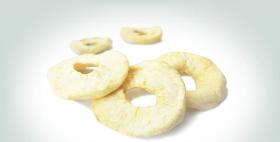
HORST WALBERG TROCKENFRUCHT IMPORT GMBH
Germany
Productinformation Harvest time for apples differ from China, where it takes place around september, and Chile, where they become ripe between march and april. The fresh fruits are sorted by size, then peeled, pitted, cutted in the desired shape – quartered, loops or cubes – and finally dried. The drying process takes place in flue-curing tunnels and takes up to three to four days to fully finish. Thanks to treatment with sulfur, the bright white color of the apple remains intact - and additionally, any form of pest gets deadened. Dried apples from Italy on the other hand get treated with citric acid and sea salt instead of sulfur – so they stay much lighter in color. Origin The main countries of origin are Italy and China – in China they are still cutted manually. In addition, apple loops are produced in Chile and South Africa.
Request for a quote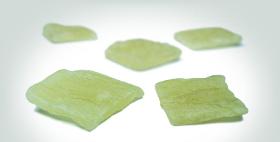
HORST WALBERG TROCKENFRUCHT IMPORT GMBH
Germany
Productinformation Aloe vera is cactus-like plant belonging to the lily family. Dried Aloe vera slices are produced by peeling the leaves of the Aloe vera plant and then cutting them into slices. These are then mixed with sugar water and dried with care. They are firm in consistency and have a fruity-sweet aroma. Ingredients Aloe vera, sugar, anti-oxidant: sulfur dioxide Origin Aloe vera most likely originated on the Arabian Peninsula. Today it is grown in every tropical and sub-tropical region of the world. It is primarily cultivated around the Mediterranean, in India and Thailand as well as on the Canary Islands and in Mexico. HL:
Request for a quote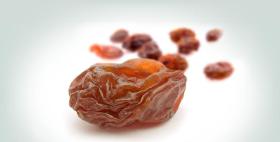
HORST WALBERG TROCKENFRUCHT IMPORT GMBH
Germany
Productinformation A raisin isn’t always a raisin: Biologist differtiate between sultanas and currants. Dried grapes are the most traditional import article among all dried fruits. Their fructose percentage is nearly sixty percent – as anybody with a sweet tooth and affection for healthy snacks should already know. Grapes get harvested when they are fully ripe and are immediately dried in the sun afterwards, until their degree of moisture meet twenty percent. This process and the diversity of the grapes lead to different results, raging from a honey yellow colour to dark brown – but all of them end up pleasantly delicious. Or should we say superbly saccharine? Origin The main distributor for sultanas are the United States, respectively California: Their local production covers approximately one-third of the worldwide market. Other countries of origin are Turkey, South Africa and Australia.
Request for a quote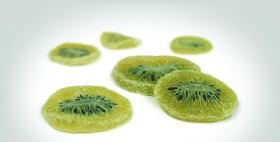
HORST WALBERG TROCKENFRUCHT IMPORT GMBH
Germany
Productinformation The light and sweet but intensely sour kiwi slices provide the body with the most important vitamins and minerals. Kiwis promote digestion and can increase kidney function. In combination with milk products, the raw fruit quickly tastes bitter. That‘s why dried kiwi is essentially more suitable as an addition to Muesli or yogurt. Origin Kiwis originate from China. In 1900 missionaries from brought seeds to New Zealand as Chinese gooseberries. Because of their outer similarity to the bird in New Zealand, the fruits were named after the remarkable kiwi. The most important agricultural countries today are Italy, New Zealand, Chile, France, Greece, Japan, USA, Spain, South Korea, and Iran.
Request for a quote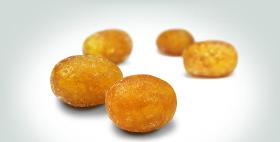
HORST WALBERG TROCKENFRUCHT IMPORT GMBH
Germany
Productinformation Kumquats are also called golden oranges [in German dwarf oranges due to their size]; they are part of the rue family and merely related to the citrus family. The peel and pits are eaten as well. The taste is bitter-sweet with a slightly sour flavor. They are also delicious when combined with other foods. Drying them is the best way to bring out the bitter-sweet flavor. Origin Kumquats originated in Asia, but nowadays they are grown in Japan, North- and South Africa, North- and South America and Southern Europe.
Request for a quote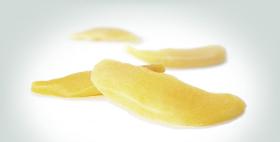
HORST WALBERG TROCKENFRUCHT IMPORT GMBH
Germany
Productinformation Mangos may vary very much in shape, color and size – that is due to the fact that there are many different types of these tropical fruits. Their coloring ranges from green, yellow and even red. Under their thin, uneatable pericarp lies the succulent flesh, which constitutes nearly seventy percent of the whole fruit. Origin The mango got cultivated in India 4000 years ago – and is today, besides pineapples – one of the most popular tropic fruits. Countries of origin comprise many tropical and subtropical regions: Thailand, Hawaii, India, Burkina Faso, Colombia or Brazil. But nowadays the mango gets cultivated in Southern Europe as well.
Request for a quoteResults for
Fruits- dried - Import exportNumber of results
204 ProductsCountries
Company type
Category
- Dried fruits (175)
- Vegetables, dried (31)
- Freeze-dried fruit (18)
- Nuts (14)
- Fruits, dried (3)
- Dietary and organic foods (3)
- Foods, health (2)
- Agriculture - import-export (2)
- Fruit (1)
- Organic food (1)
- Foods, gourmet (1)
- Fruit, frozen and deep-frozen (1)
- Additives, food (1)
- Berries (1)
- Crackers and snacks, salted (1)
- Dried flowers (1)
- Food Processing (1)
- Vegetables, freeze-dried (1)
- Fruits and vegetables - import-export (1)
- Herbs for medicines and cosmetics (1)